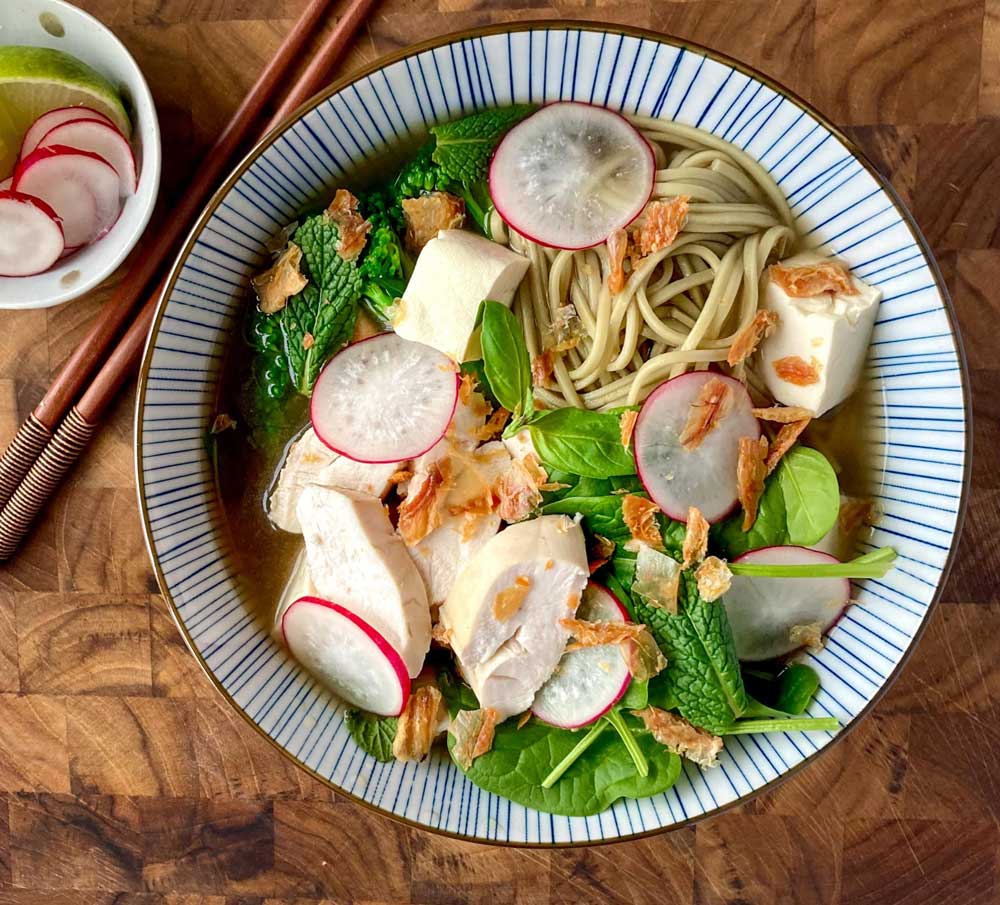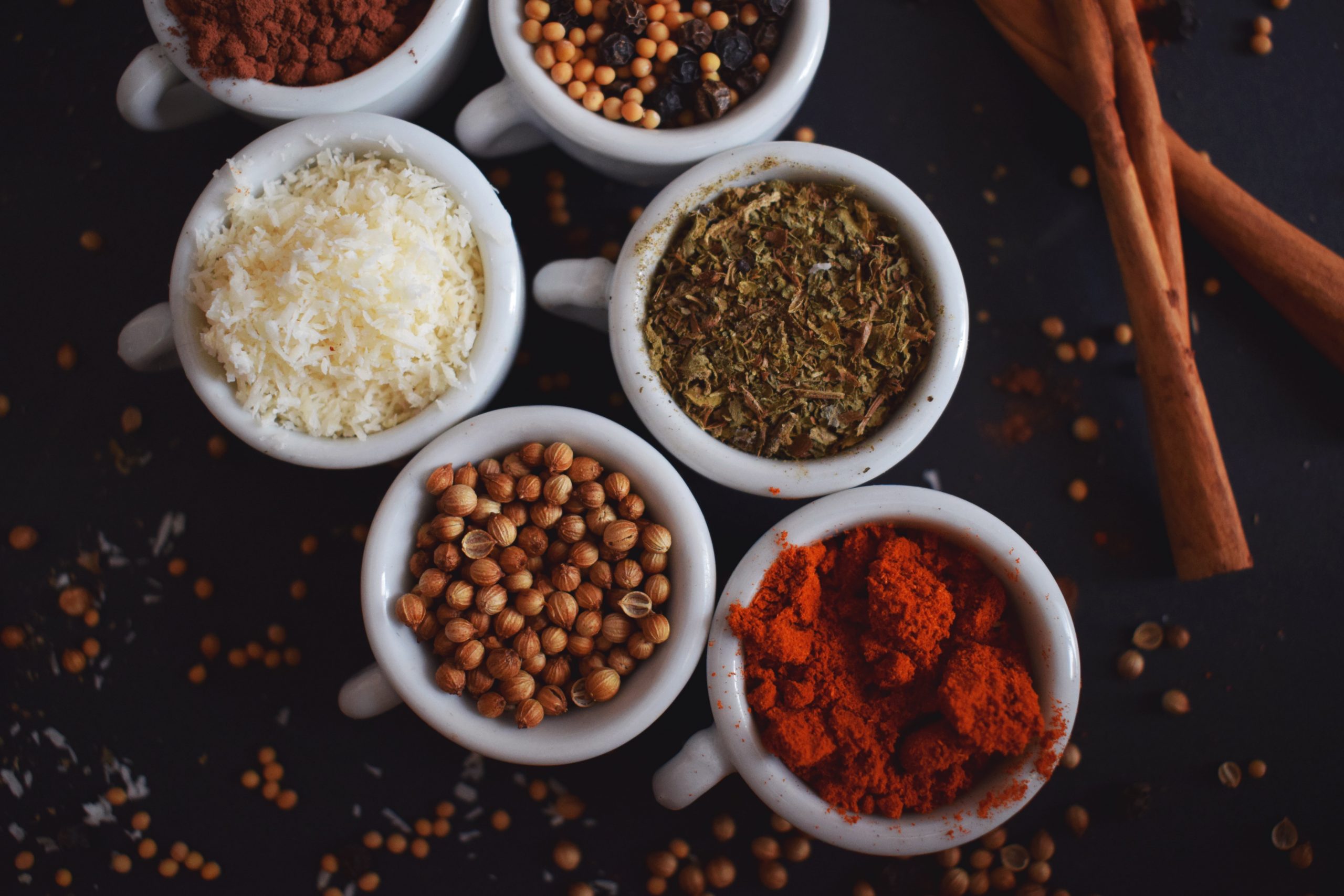Ginger
The health benefits of ginger are well documented but in the absence of garlic, it is a great way to introduce some pungency into your cooking. While mainly associated with Asian cuisines, ginger is remarkably versatile and can be used in a range of soups, sauces, and dressings. Check out this lime and ginger dressing in our salmon and quinoa salad recipe.
Citrus
Lemon and lime juice get the green light on the low FODMAP diet. This is good news in terms of flavor because adding a little lemon juice introduces an acidity that will brighten up almost any sauce, soup, or stew. Mixing 3 parts oil with one-part citrus juice is also just about the easiest dressing that you can make.
Spices
Spicy foods are often a trigger for those of us with IBS. However, this can be due to the fat or chili content rather than spices per se. Happily, this means that there are lots of spices that can be used in the low FODMAP diet. As a bonus, many spices such as turmeric can also benefit our digestive health. Check out our recipe for hazelnut dukkah as a way to lift soups and salads.
Infused Oils
If you are missing that garlic and onion hit on the low FODMAP diet there is a solution. Infused oils are a great way to bring those flavors back into your cooking. Check out one of our previous blog posts with a recipe for homemade garlic oil.
Ferments
Fermented foods are a great way to create complex savory and umami flavors. Miso is a fermented soybean paste that can be easily used in sauces and dressings (2 tablespoons is a low FODMAP serving). Here’s a recipe for a zingy peanut and miso dressing. Soy sauce is another versatile flavor enhancer that can be enjoyed on the low FODMAP diet (2 tablespoons is a low FODMAP serving).
Low FODMAP Condiments
When you don’t have time to cook from scratch there are still plenty of commercially available condiments that you can still enjoy. You should always check the labeling to make sure garlic, onion, or other FODMAP-containing additives haven’t been used. The portion sizes shown have been measured as low FODMAP. Most people should tolerate these condiments well, so feel free to try a little more if you wish.
Ketchup (less than 1 tablespoon)
Dijon mustard (1 tablespoon)
Fish sauce (1 tablespoon)
Worcestershire sauce (2 tablespoons)
Mayonnaise (2 tablespoons)
Oyster sauce (1 tablespoon)
Tabasco (The FODMAP content has not been analyzed but small amounts should be well tolerated unless chili is a trigger food)
Herbs
Herbs can bring freshness to any dish. Try adding chopped parsley and chives (1 tablespoon is low FODMAP) to an omelet. Make your own basil pesto (without the garlic!). Of course, peppermint is well known as a herb that can also soothe some digestive symptoms.
Vinegar
Just as citrus can add acidity to your cooking, vinegar is also still usable on the low FODMAP diet. Balsamic (1 tablespoon), red wine (2 tablespoons) and apple cider (2 tablespoons) vinegar can be used to make any number of dressings.
Capers
These little flavor bombs can be added to pasta, fish dishes, and salads. Here is our aubergine parmigiana which makes good use of capers and adds flavor to low FODMAP dishes.
Tahini
This nutty sesame seed paste is widely used in North African and Middle Eastern cuisines. While we normally associate it with hummus, tahini can be used in a range of savory and sweet dishes. Servings of up to two tablespoons should be well tolerated by most people.



















